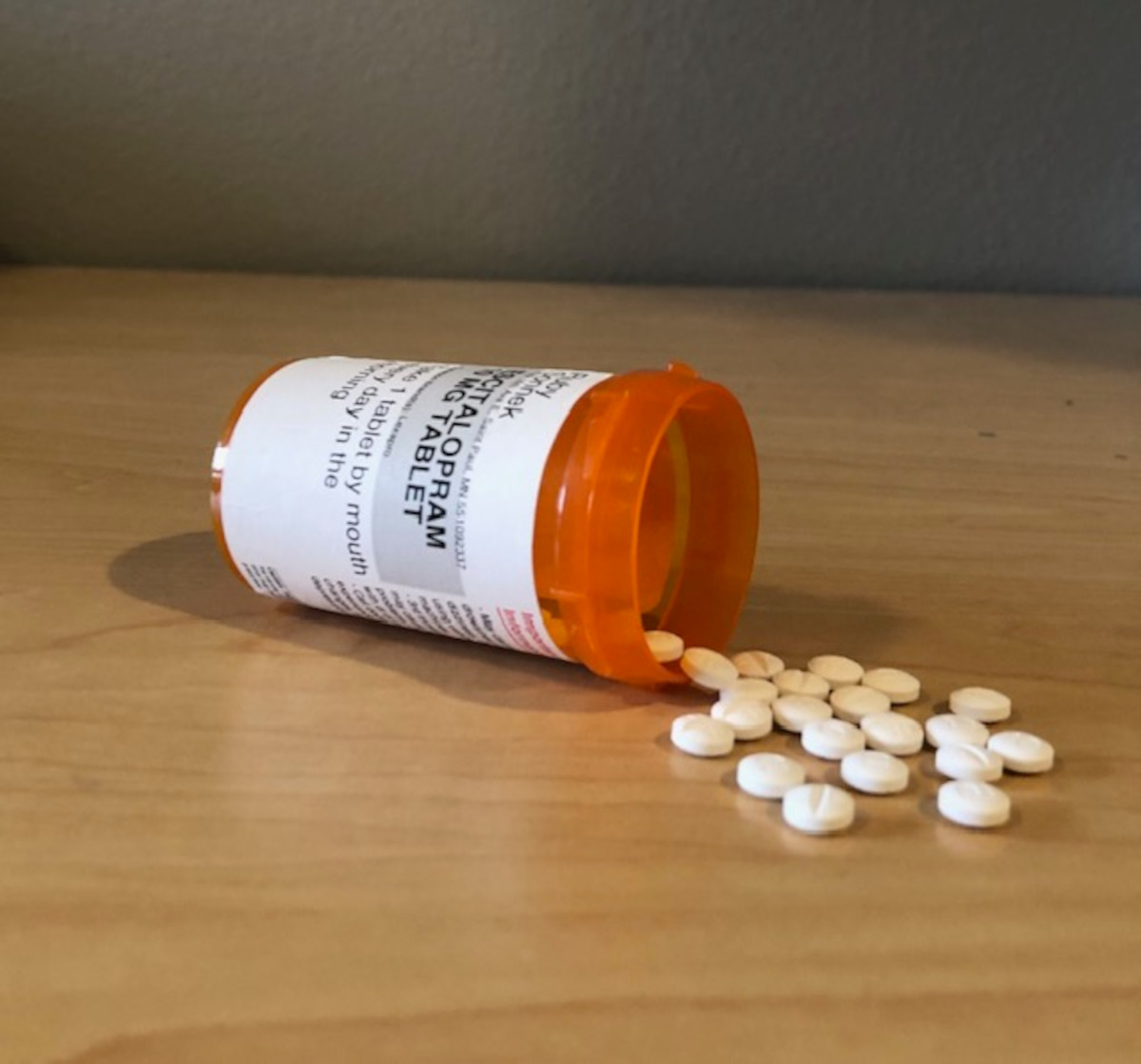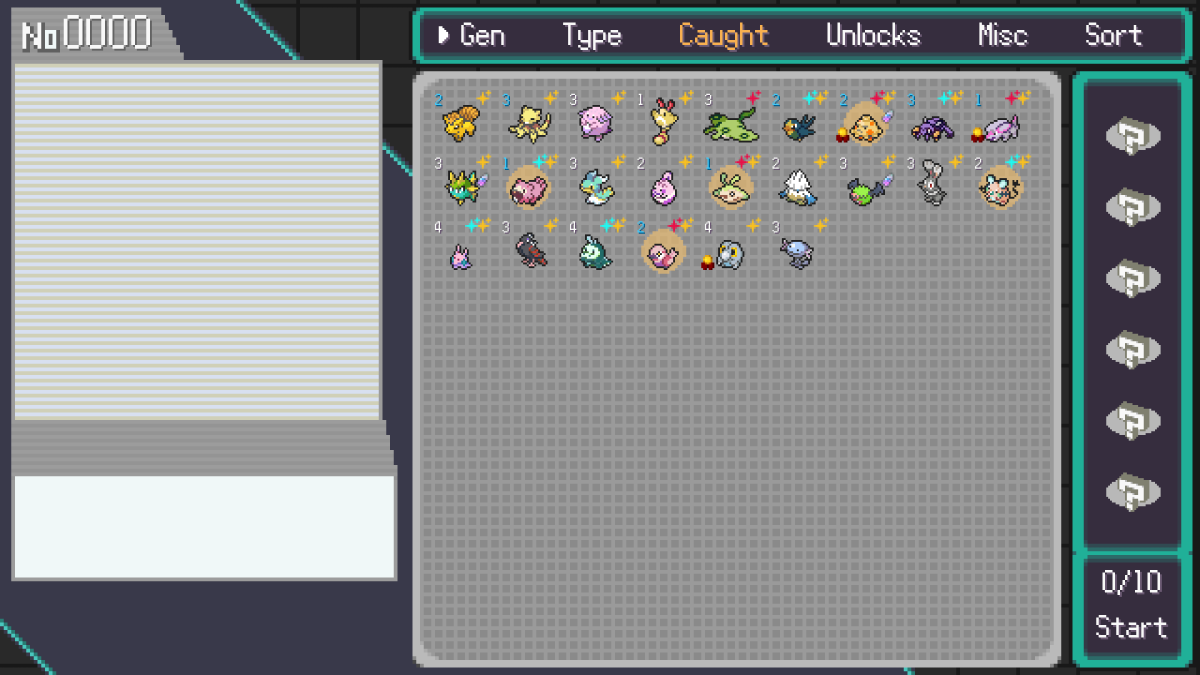Last Wednesday, former NFL linebacker Junior Seau died of a self-inflicted gunshot wound to his chest. The police later determined his death to be a suicide.
For those who don’t know, Seau played for almost 20 years, winning many awards and honors along the way. He played the bulk of his career for the San Diego Chargers, where he remained an active member of the community following his retirement in 2010. By all accounts, he was a passionate, hard-working leader who always had time for fans when they approached him off the field.
The sad part about all of this? There’s a strong chance football, the game Seau loved, contributed to his early death.
Researchers at the Brain Injury Research Institute have been working since 2002 to link brain injuries and dementia. They’ve found repeated injuries like concussions can lead to early onset dementia, among other debilitating diseases. Others at the Center for the Study of Traumatic Encephalopathy have been doing similar work, looking at the brains of former athletes trying to finds similarities and patterns.
After Seau passed, his family initially said they would donate his brain to be studied. Some have speculated that’s what Seau intended and the reason he shot himself in the chest. However, the family is reconsidering their initial decision.
I hope they don’t change their minds and realize the impact studying Seau’s brain could have to the work people at the BIRI and CSTE are doing. They’ve studied the brains of former NFL players previously but not anyone as well-known as Seau.
The link between brain injuries caused by football leading to dementia is still young, and research on the subject is still minimal. But it’s still something we need to talk about, especially when the NFL is a multi-billion dollar business whose former players end up physically ravaged from playing the sport.
People often decry boxing as barbaric because of the condition it often leaves boxers in. But people are starting to see the similarities between former boxers and former football players, and it’s scary.
What bugs me the most about this situation is that it makes me feel like a hypocrite. I like football, and I like watching the Vikings attempt to avoid embarrassment year after year. I also enjoy boxing and MMA.
But it makes me uncomfortable to see the what these sports do to the athletes I love watching. We can’t change the sports themselves, but we can change how we react, and that’s where Seau comes in.
We need to change the way we deal with concussions and brain injuries at all levels of sport. Part of this is increased awareness and testing, but it also has to do with attitude. We need to let athletes know it’s OK to take their time coming back from a concussion because their well being is more important than team success. A couple recent examples of players who took their time coming back from concussions are the Minnesota Twins’ Justin Morneau and the Pittsburgh Penguins’ Sidney Crosby.
Seau is the latest in a line of former players who have taken their lives. The suicide rate for former NFL players is six times the national average. This is partly a result of players not knowing what to do with the rest of their lives once they retire. Lingering injuries, drug abuse, loss of structure and financial challenges, among other things, creates a dangerous cocktail of factors that can lead to suicide. It’s up to the NFL to educate players on how to lead fulfilling lives after they’re done playing.
The onus is now on the NFL. They can point to Seau and let players know they’re not as invincible as they think they are. Seau can be a trailblazer after death, just like he was when he was playing. He was the son of Samoan immigrants, the first in a long line of successful Samoan football players. Notable players like the Pittsburgh Steelers’ Troy Polamalu owe their success to Seau for paving the way for Samoans in the NFL.
Now it’s time for the Seau family to let the researchers at the BIRI and CTSE study Seau’s brain. Hopefully through this experience we get one step closer to solving the concussion issue in football. At the very least, Seau can become the face of a cause in the same way he was the face of the Chargers during his career.






